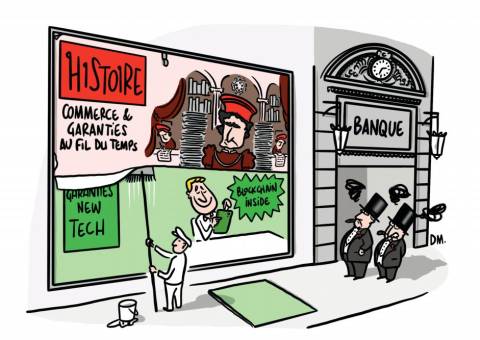Dear readers,
Hedge Fund research today continues to be an active and challenging area of research in the field of investment research. If the first academic papers on Hedge Funds were originally direct extensions of studies related to mutual funds, the latest researches are definitively focused on the specificities of these investment vehicles. Current topics of interest include for example Hedge fund risks and performance; transparency and due diligence, Hedge Fund activity and broad macroeconomic issues such as systemic risk and contagion, Hedge Fund activism, etc. This special issue of Bankers Markets and Investors includes four contributions from renowned researchers in the field.
Olga Kolokolova and Achim Mattes investigate the determinants of the average level of risk of daily liquid hedge funds. They find that the fund size, the fee structure, the liquidity conditions and the reporting currency influence the average level of risk. For example, Euro funds are less risky than US funds, suggesting that Euro and US funds do not target the same investors.
Spyridon Vrontos revisits the question of hedge fund managerial skill measurement by comparing linear and quantile regression approaches. The quantile approach produces robust estimates of the managerial skill using all the information coming from the return distribution. Spyridon Vrontos shows that quantile estimates of the managerial skill are superior to direct estimates obtained from linear regressions.
Boris Fays, Georges Hübner and Marie Lambert analyse the performance of equity long-short hedge funds across different investment styles. They first split the equity long-short universe in 5x5 hedge fund style portfolios using their size and value factor exposures. Hence, they apply sequentially a Fama-French approach in a model augmented with co-skewness and co-kurtosis factors. Finally, Nick Baltas suggests a way to actively incorporate seasonality signals into trend-following strategies. He shows that a strategy that buys the assets with the largest same-calendar-month past average returns and sells the assets with the smallest same-calendar-month past average returns earns significant positive risk premia and enhances basic trend following strategies.
Serge Darolles
Professor, Paris Dauphine University


![[Web Only] Tarifs bancaires : les banques amortissent l’inflation [Web Only] Tarifs bancaires : les banques amortissent l’inflation](http://www.revue-banque.fr/binrepository/480x320/0c0/0d0/none/9739565/MEBW/gettyimages-968963256-frais-bancaires_221-3514277_20240417171729.jpg)




